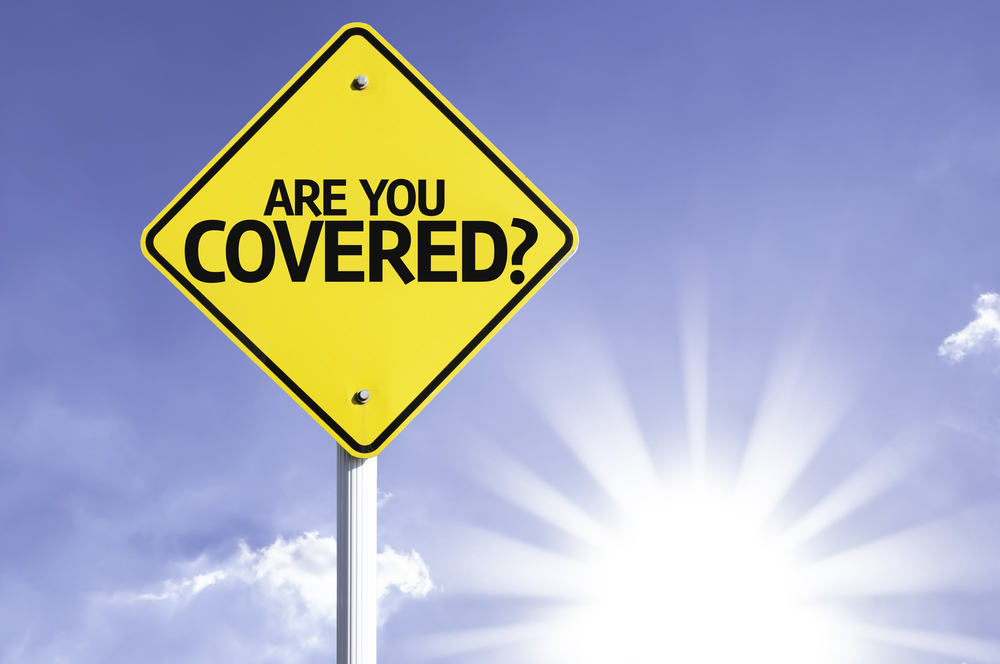Product liability insurance helps protect a business financially if a customer sues it for harm caused by a faulty or defective product.
This article explains what product liability insurance is and how it works, how much it costs (including tips on how to save money on your premium), and its pros and cons.
What Is Product Liability Insurance?
Any businesses that design, manufacture, or sell tangible goods need product liability coverage. But what is product liability insurance?
The definition of product liability insurance is a policy that helps cover the cost of defending against personal injury or property damage claims due to a defective or faulty product.
Product liability coverage is essential for companies that sell products because it helps keep them from paying out of pocket for legal expenses if they get taken to court for a defective product.
Having to pay the entire cost of defending against a faulty product claim could be enough to shut many small businesses down. When you have product liability coverage, you don’t have to worry about paying expensive legal fees on your own.
For instance, if a customer gets hurt while using a defective chainsaw, they could sue the manufacturer for medical expenses. If the manufacturer had product liability coverage, it could help pay for the legal fees and the bodily injuries incurred by the customer due to the faulty product.
What Does Product Liability Insurance Cover?
Product liability insurance can cover claims against manufacturing, design, and marketing defects.
Manufacturing Defect
A manufacturing defect is when there is a flaw in how the product is fabricated. An example of harm caused by a manufacturing defect is if a pressure cooker is supposed to remain locked while the contents are pressurized, but a customer opens a defective safe-lock lid and gets burned.
Design Defect
A design defect is a problem in the way something gets designed. Poor design can be responsible for things like a dish rack that doesn’t drain properly (and could cause water damage in a customer’s kitchen) or a stool that wobbles (and could cause someone to fall off and hurt themselves).
Marketing Defect
A marketing defect is a problem with how a product is labeled or improper instructions. For instance, a child’s swing with instructions that lack a weight limit could lead to injury.
Product liability insurance can also cover expenses related to improper warnings (such as marbles that lack an under-3 choking hazard warning) or strict liability (when a customer gets hurt by your product through no fault of your company).
Costs associated with your faulty product that product liability insurance can cover include:
- Legal fees for defending lawsuits
- Medical expenses from bodily injury or illness
- Property damage
- Wrongful death expenses
Costs of Product Liability Insurance
The cost of product liability coverage depends on several factors, including:
- The type of product you design, manufacture, or sell
- What your role is in the creation or sale of the product
- Your number of employees
- Your quality control systems
- Product label details
Manufacturers are more likely to be hit with a liability lawsuit, and generally spend more for product liability coverage than retailers.
For example, an industrial cleaning spray manufacturer would likely pay more for product liability coverage than a store that sells T-shirts.
A general liability insurance policy often includes product liability coverage, a good option for lower-risk companies. Companies with higher risk (or higher revenue) may want to purchase a standalone product liability policy.
The cost of product liability coverage depends on your unique business. We used popular providers’ rate quote tools to get an idea of the average premium for a small business:
- Next Insurance’s premium for us starts at $25.17/month
- The Hartford offers a general liability policy with product liability included for $51.23/month
- Geico offers a general liability policy with product liability included for $40.28/month
The average price for a product liability policy from these companies is $38.89/month or $466.72/year.
To save on products liability insurance cost, check with your provider to see if there are any steps you can take to reduce your premium. Providers may offer discounts if you have risk prevention measures or bundle your product liability coverage with other small business insurance policies.
You may also be eligible for a discount if your claims history stays low.
Pros and Cons of Product Liability Insurance
The pros and cons of product liabilitycoverage come down to what it covers–and what it excludes.
pros
- Pays for legal fees, medical costs, property damage, and wrongful death expenses
- Covers design defects
- Covers marketing defects
- Covers improper warnings
- Covers strict product liability
- Covers manufacturing defects
cons
- Product liability insurance doesn’t cover medical expenses if a customer slips and falls on your business property
- Doesn’t cover employee injuries
- Doesn’t cover product recall costs
- Product defects that lead to inventory losses aren’t covered by product liability insurance
- Doesn’t cover legal fees for defending against negligence claims
- Doesn’t cover damage caused by software or apps
Conclusion
Product liability coverage helps pay legal fees if your company gets sued due to a defective product. It can help pay for medical and wrongful death expenses and property damage. It can cover manufacturing, design, and marketing defects, as well as improper warnings and strict product liability.
Product liability coverage costs depend primarily on your product type and industry. We found an average price for product liability coverage of ~$466 per year for a small business.
Any business that designs, manufactures, or sells products should have product liability coverage. To find the right insurance, you should:
- Evaluate your risks
- Decide how much coverage you want
- Compare providers and policies
- Read your policy and understand what it covers–and what you are financially responsible for–before purchasing coverage
FAQs
Do I really need product liability insurance?
Any business that manufactures, designs, or sells products that could potentially cause harm to a customer needs to have product liability insurance. Otherwise, if a claim is made against them due to a defective product, they must pay out of pocket for legal costs.






